6 Free Runes transparent PNG images
Discover our extensive collection of 6 free AI-generated images featuring Runes, ancient symbols reimagined through modern technology. Browse through our diverse selection of stock photos, 3D objects, vectors, and illustrations showcasing runic designs, mystical inscriptions, and contemporary interpretations. Each high-resolution image is available for free download, and you can personalize any design using our 'open in editor' feature to adjust the prompt and regenerate images that perfectly match your vision.
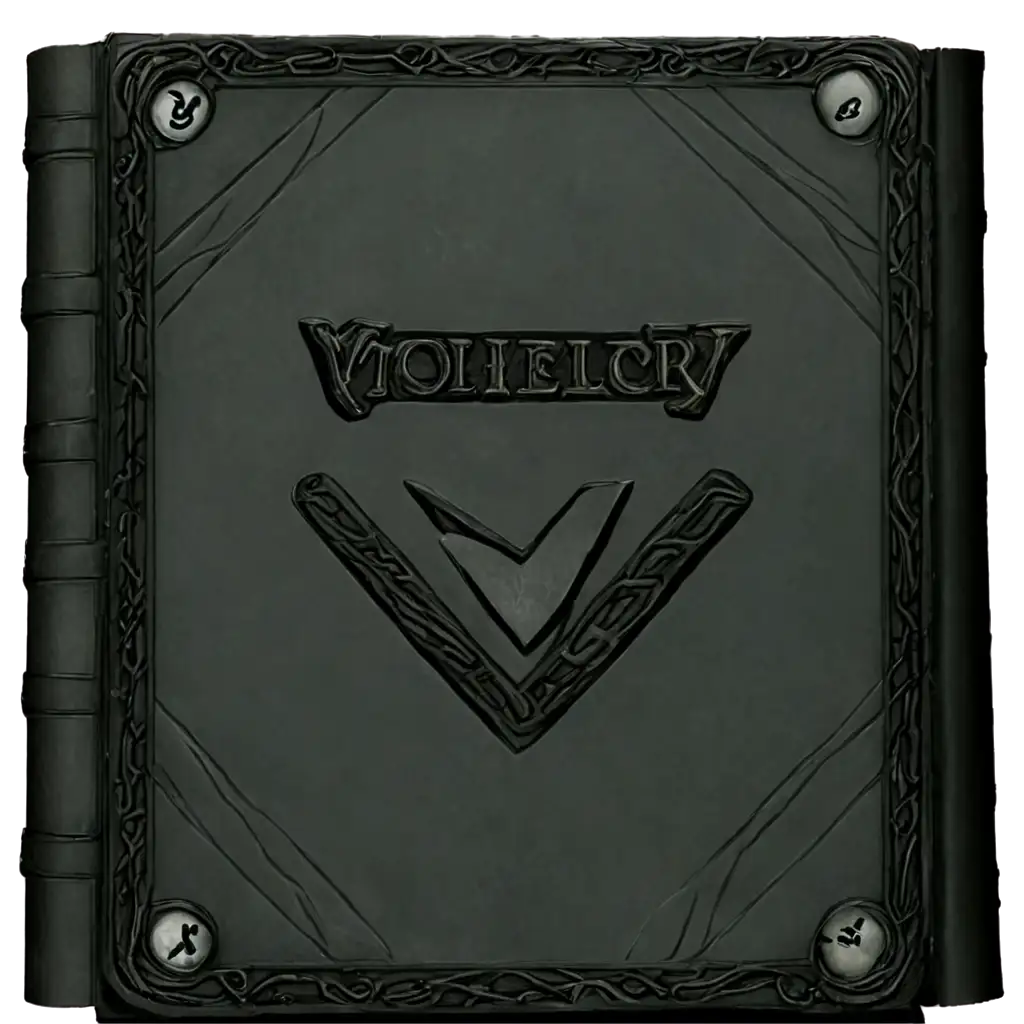
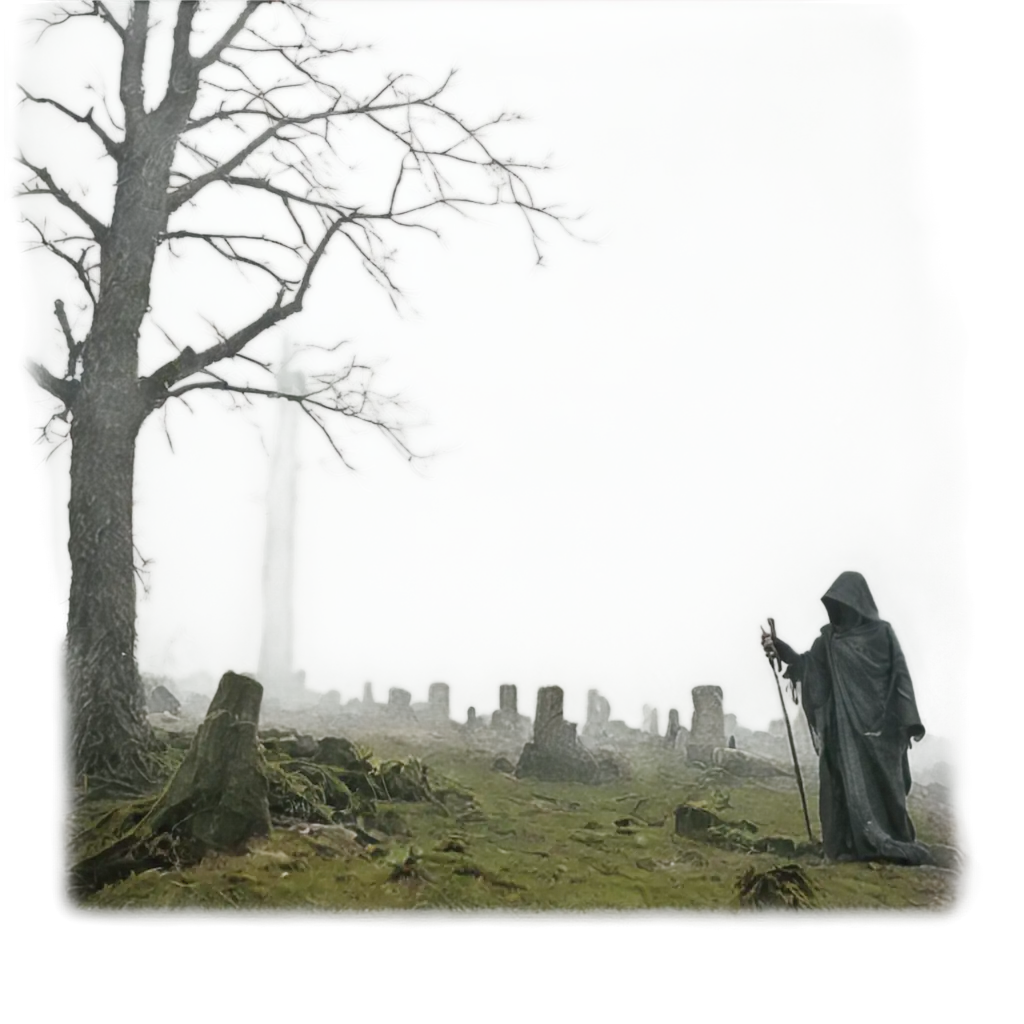
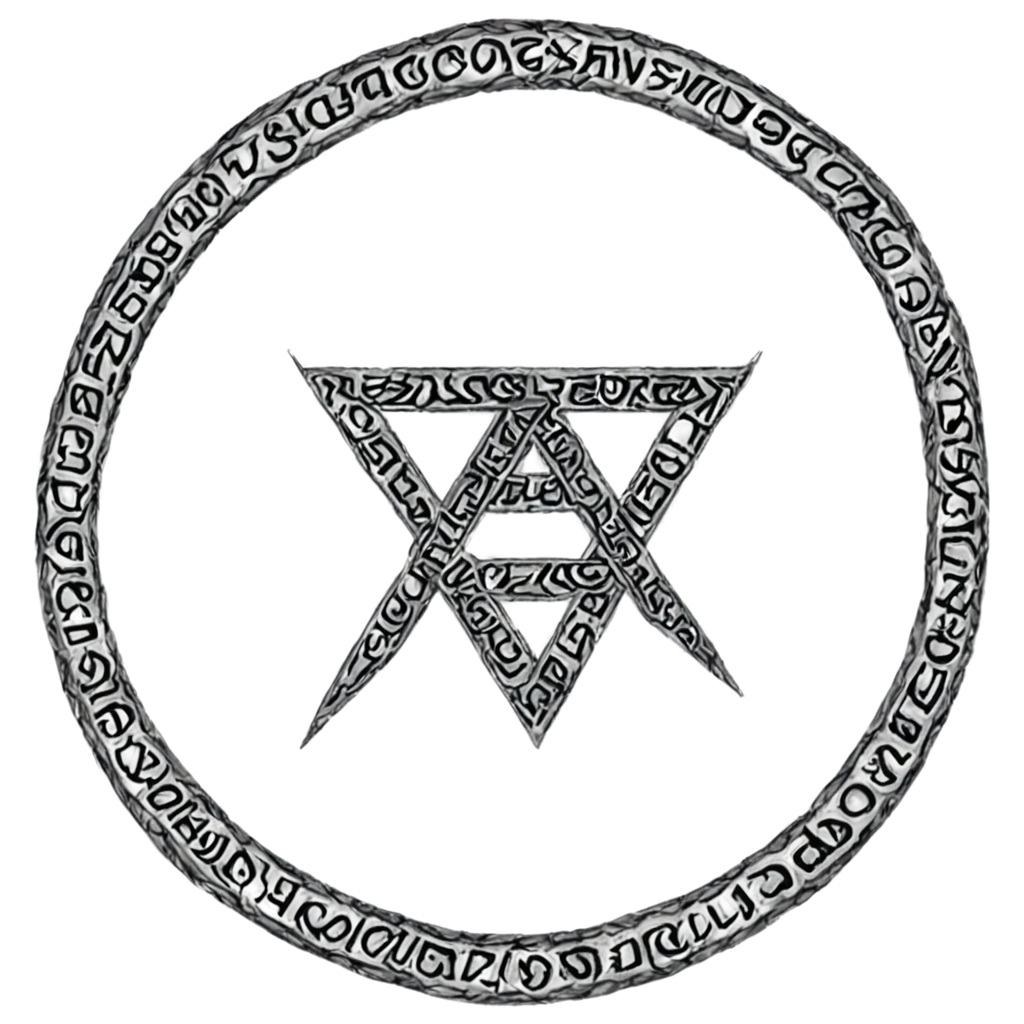
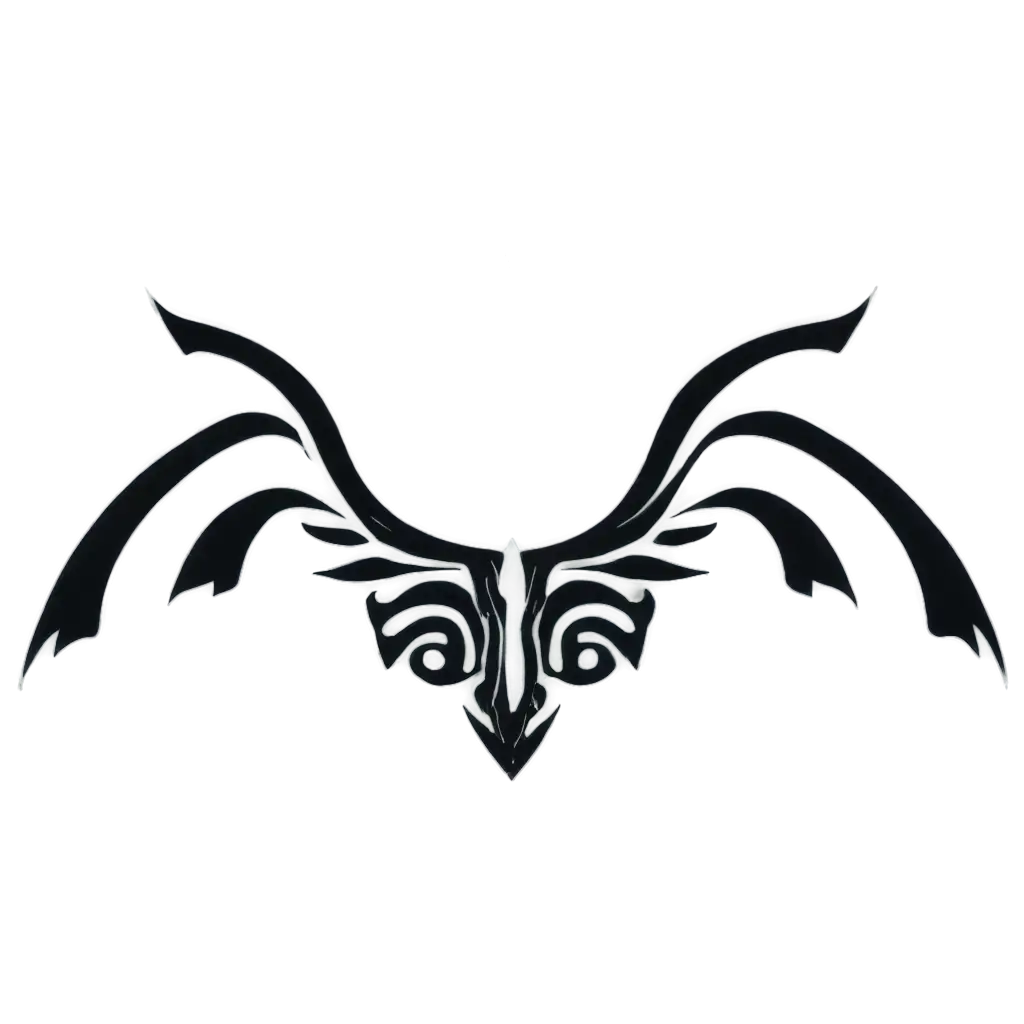
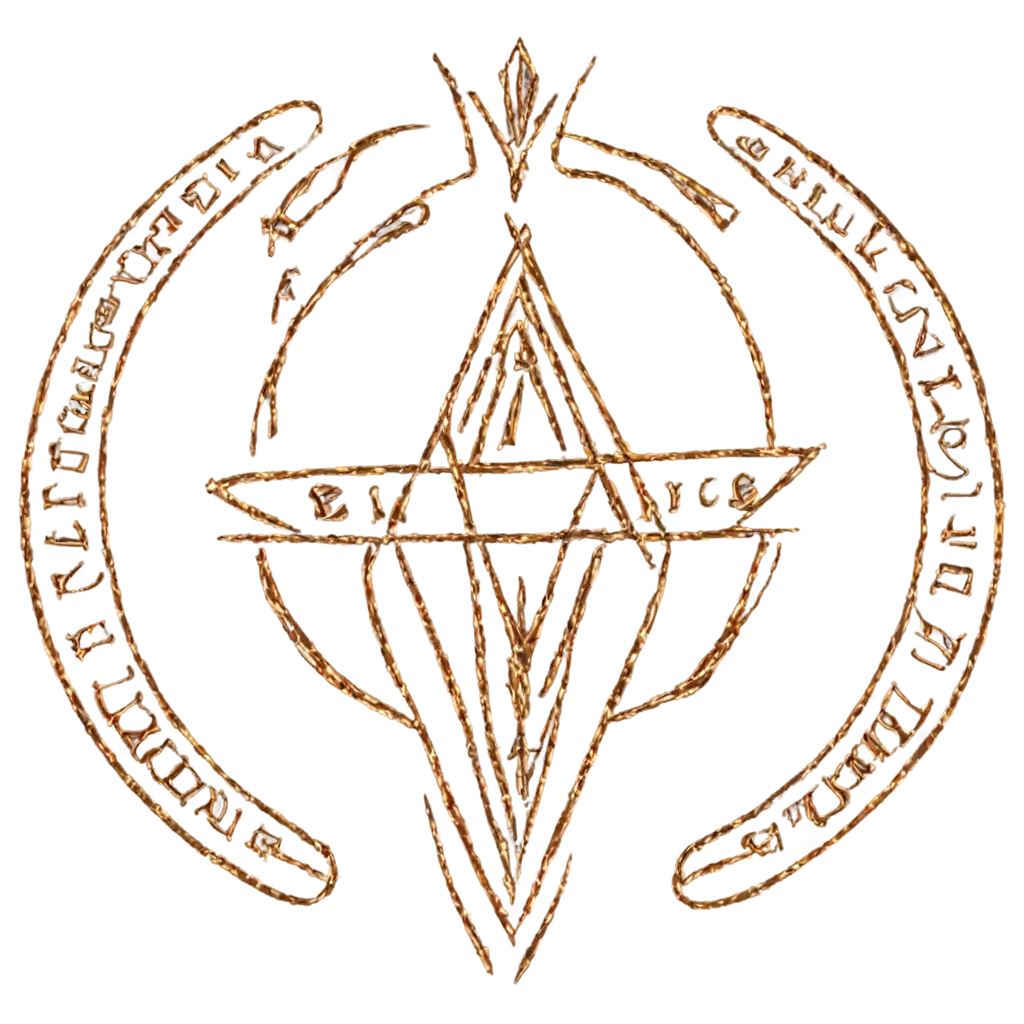
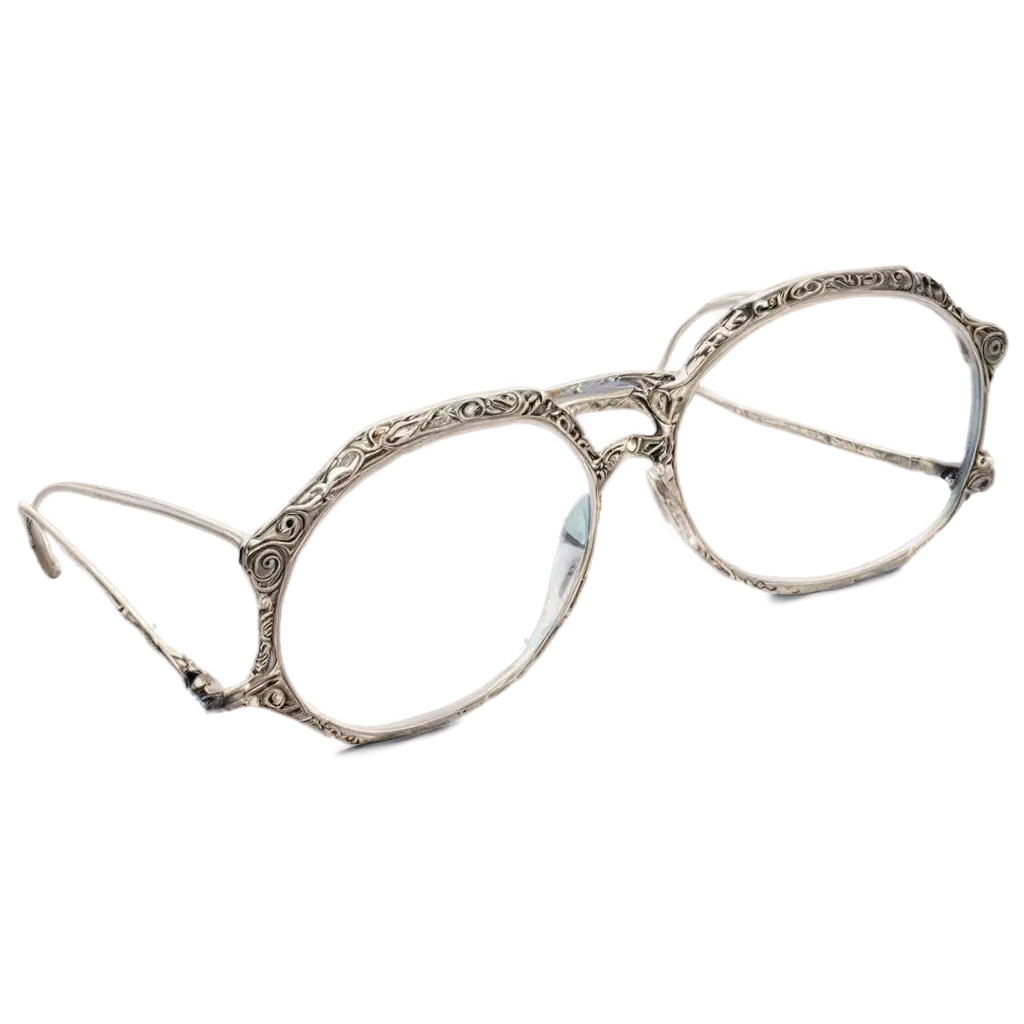
Related Tags
Runes represent ancient Germanic writing systems dating back to 150 CE, originally used by Norse and other Germanic peoples. These angular characters were designed for carving into wood and stone, resulting in their distinctive straight-line patterns. The Elder Futhark, the oldest known runic alphabet, consists of 24 characters, each holding both phonetic and symbolic meaning. In contemporary digital art, these ancient symbols have been transformed through AI interpretation, maintaining their mystical appeal while incorporating modern design elements. The geometric nature of runic scripts makes them particularly suitable for AI-generated art, as algorithms excel at creating precise, symmetric patterns while exploring creative variations.
Ancient Origins and Modern Understanding of Runic Systems
AI-generated runic artwork requires careful attention to historical accuracy while allowing for creative interpretation. When creating runic designs, consider the traditional rules of composition: runes typically flow left to right or right to left, with specific binding rules and geometric relationships. Modern AI tools excel at generating variations of runic inscriptions, bindrunes (combined runes), and decorative borders while maintaining authentic characteristics. Key elements include proper stroke width, consistent angles, and appropriate spacing between characters. Advanced AI prompts can incorporate traditional materials like wood grain, stone textures, or metal surfaces, adding authenticity to the generated images. The technology also enables experimentation with color palettes, from historical earth tones to contemporary metallic and neon interpretations.
Creating Authentic Runic Designs with AI Technology
AI-generated runic designs find diverse applications in contemporary design fields. In branding and logo design, simplified runic elements add mystique and historical depth to modern identities. Gaming industry artists use AI-generated runes for creating magical systems, item descriptions, and environmental storytelling. Book covers and album artwork frequently incorporate runic designs to evoke ancient wisdom or mystical themes. Digital artists combine runes with modern elements like gradient meshes, particle effects, and dynamic lighting to create unique fusion artwork. The fashion industry has embraced runic motifs in textile patterns and accessories, while interior designers use runic elements in wall art and decorative objects. Each application demonstrates how AI technology can preserve the essence of ancient runic traditions while adapting them for contemporary use.
Applications of Runic AI Art in Modern Design
The future of AI-generated runic art shows promising developments in several areas. Advanced machine learning algorithms are becoming better at understanding the subtle rules of runic composition, leading to more authentic and varied designs. Emerging trends include interactive runic art where viewers can influence the generation process, animated runes that transform based on viewer interaction, and 3D runic sculptures generated through AI modeling. We're seeing increased interest in combining runes with other historical writing systems, creating unique cross-cultural artistic expressions. The integration of augmented reality (AR) technology allows for dynamic runic displays that can change meaning or form based on context. These innovations continue to push the boundaries of how ancient runic wisdom can be represented and interpreted through modern technological means.
Future Trends in AI-Generated Runic Art